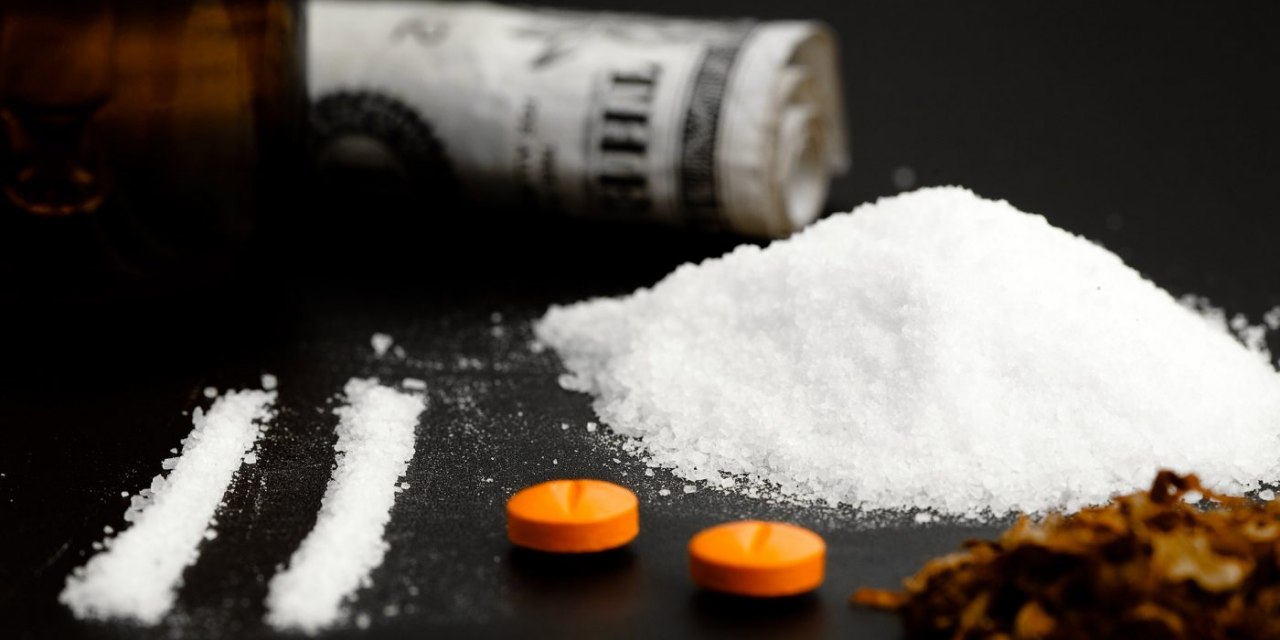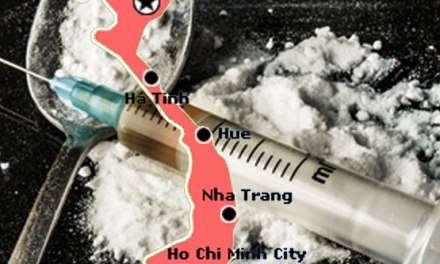In this case, the death of California Angels pitcher Tyler Skaggs, in July of 2019. Yet another opioid OD, apparently unintentional. For months after the event, the public focus was on who had provided the drugs that killed Skaggs. As events emerged, it turned out to be one of the organization’s own staff members — who, it was discovered, had also provided drugs to other players in the past.
In the media version, there was a good guy — the player, introduced as a relative innocent in terms of drug use –and a villain — the Angels’ employee, hereafter assigned the role of “the Pusher”.
He was arrested, tried, convicted, and sentenced to more than twenty years in prison.
Now comes another version of the story, in the form of a long article in the Washington Post. Their conclusion: Things weren’t so simple. Here’s the link, if you’re interested.
Anyway, in the revised version of events, both parties suffered from severe drug disorders. In fact, it’s how they met. The team staffer describes arriving at the player’s residence to find him and another man chopping up Percocet into pieces small enough to snort.
That’s not the behavior of a novice. The staffer, already an addict himself, decided to join in. Their relationship developed from there.
I find that scenario somehow easier to accept, since it’s a story I must have heard a thousand times from people in treatment. Drug addicts getting together to form a mutual ‘support system’ for drug use. Each one acting as enabler for the other.
The staffer’s position with the team made him a reliable and ‘safe’ source for drugs. The player represented a reliable customer. Neither was likely to snitch, for fear of incriminating themselves.
A symbiotic relationship, we might call that.
But after the player’s unexpected death, society does have a tendency to cast about for someone to take the blame. That’s completely understandable, from an emotional viewpoint. There are grieving loved ones to consider.
Also, a possible civil suit could arise from the loss. This was a team employee, after all. Shouldn’t the team have put a stop to it?
The article goes on to suggest that some evidence might have been suppressed at the time of the trial, by the prosecution. No way for me to know.
No matter. It’s still a tragedy.












